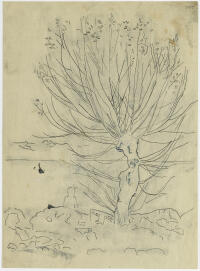Ferdinand Hodler / Jean-Frédéric Schnyder
12.09.2014 – 26.04.2015
Curated by Peter Fischli.
Curated by Peter Fischli.
Two Who Could not be more Different: Hodler and J.-F. Schnyder
Two famous representatives of Swiss art history encountered each other in this exhibition: the Titan of art and ‘national painter’ Ferdinand Hodler (1853–1918) and an artist born almost a century later, Jean-Frédéric Schnyder (b. 1945 in Basel). They were brought together by the artist Peter Fischli (b. 1952 in Zurich, one part of the world-famous artist duo Fischli/Weiss from 1979 to 2012), who took the role of curator. In art history, Hodler is on the threshold of early Modernism; Schnyder, on the other hand, is known as an object and installation artist, illustrator, graphic artist and photographer who did not re-discover painting for himself until the 1970s, just at the beginning of post-Modernism. But Hans-Rudolf Reust points out that Schnyder was not interested in the joys of quotation or playfulness, because he meant it seriously, like the Modernists themselves (SIKART Lexicon).
Some 200 works were to be seen in the Kunsthaus: 25 paintings and 35 drawings by Ferdinand Hodler from the Kunsthaus’s own collection, many of them directly taken from storage, and about 120 paintings and four sculptures by Schnyder from the major Swiss museum collections as well as from private ownership. The concept: The two artists were held in separate rooms (Hodler in artificial light, Schnyder in daylight) – the viewer could bring them together only mentally. The differences between the two artists are obvious. Hodler shows above all the highly charged and the sublime, while Schnyder shows the banal, the everyday, and the average-Swiss-ugly: Using an ultra-thick application of paint, in his Berner Veduten (Bernese Sights,1982/83) Schnyder paints suburbs of Bern where no tourists would ever be sent. And yet both have a common interest in landscape, painting al fresco, and especially a pleasure in mountains and lakes; the Lake of Geneva and the Thun Lake with Mount Niesen ‘The Swiss Pyramid.’
The exhibition was warmly received. More than once it was pointed out that a different Hodler was to be seen here, due to the unconventional selection and the ingenious spatial arrangement by the artist-curator Fischli. ‘Hodler hasn’t been seen so freshly for a long time,’ Paulina Szczesniak (Der Bund) commented. Furthermore, the exhibition delivers the insight that both artists were aiming at ‘sensual painting’ and, in Schnyder’s case, ‘a painterly power […] that is seeking its equal’ (Christoph Heim, Basler Zeitung). A single-artist book appeared with the exhibition: ‘Jean-Frédéric Schnyder – am Thunersee’ (ed. Zürcher Kunstgesellschaft), 2014, with about 120 illustrations.
[Peter Stohler]
In art history, Hodler is on the threshold of early Modernism; Schnyder, on the other hand, is known as an object and installation artist, illustrator, graphic artist and photographer who did not re-discover painting for himself until the 1970s, just at the beginning of post-Modernism.
226 days
2 Artists
2 Artists
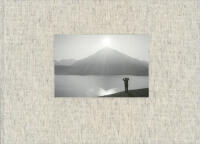
1/8
exhibition catalog
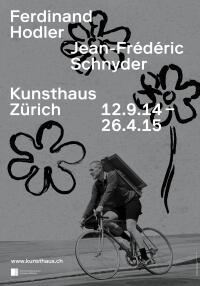
2/8
exhibition poster
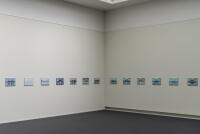
3/8
exhibition view
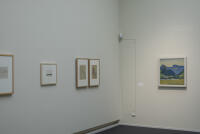
4/8
exhibition view

5/8
exhibition view

6/8
exhibition view

7/8
exhibition view

8/8
exhibition view
1/8
